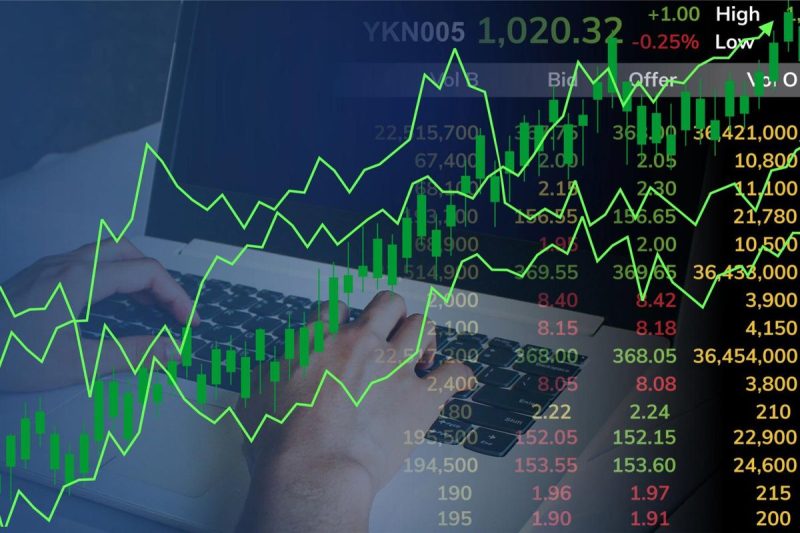Ganfeng Chairman’s Forecast Sparks Lithium Price Surge in China

China’s lithium market strengthened sharply on Monday (November 17) after Ganfeng Lithium (OTC Pink:GNENF,HKEX:1772) Chairman Li Liangbin said at a domestic industry conference that demand for the key battery metal could grow by as much as 40 percent in 2026.
The most-traded lithium carbonate contract on the Guangzhou Futures Exchange rose 9 percent that day and moved near its upper limit, marking its strongest close since June 2024.
Li’s comments, first reported by financial news outlet Cailian and later shared by Reuters, also included a projection that lithium carbonate prices could reach 200,000 yuan if demand accelerates as expected.
Traders said the reaction from the lithium price shows how much weight Ganfeng carries in a market that has been quick to react to any sign of stronger consumption after years of oversupply.
Chinese lithium carbonate prices are already up more than 17 percent this month on improving sentiment in the energy storage sector and expectations that demand for stationary batteries will grow through 2026.
CATL restart drives lithium volatility
China’s lithium market is also seeing support from the delayed restart of Contemporary Amperex Technology’s (CATL) (SZSE:300750,HKEX:3750) Jianxiawo mine in Yichun.
The mine normally produces about 65,000 metric tons of lithium carbonate equivalent a year, roughly 6 percent of global supply. However, it has been shut down since August after its operating permit expired.
CATL is reportedly making progress at getting the mine back online, but no exact date has been given.
The shutdown has spilled into global markets as well. In September, Australian lithium stocks fell sharply on the back of signs that CATL’s restart could be approaching.
Oversupply still weighing on lithium market
Beyond China, the broader lithium market has struggled with imbalance throughout 2025.
Prices spiked in July and August before easing again in September, with talks of potential supply cuts by Australian miners creating short-lived rallies despite strong inventories and growing production.
“The nascency of the lithium market means that it is prone to be led by sentiment,” Fastmarkets’ Claudia Cook wrote earlier this year, noting how futures activity has repeatedly drifted from fundamentals.
Oversupply remains the defining theme. Global mined output has jumped 192 percent since 2020, swelling inventories faster than even robust electric-vehicle demand can absorb.
While electric vehicle sales topped 17 million units in 2024 and are expected to exceed 20 million this year, production growth, including a 22 percent rise in mined supply in 2024, has kept the market in surplus.
Analysts have warned that the imbalance in the lithium sector could persist into the next decade unless mine delays, project cancelations or unexpectedly strong demand intervene.
Beijing’s new export controls have added another layer of uncertainty.
Export controls announced last month would mandate that Chinese companies secure export licenses for high-energy lithium-ion batteries, synthetic graphite anodes and critical production equipment. China has delayed the implementation of these controls for one year, until November 10, 2026, as part of a deal with the US.
Against that backdrop, the US is looking to boost its supply of non-Chinese lithium.
The US Department of Energy released the first US$435 million from a US$2.23 billion loan to Lithium Americas (TSX:LAC,NYSE:LAC) in October, advancing construction of the Thacker Pass project in Nevada — set to become the largest lithium source in the western hemisphere once online. The project is central to Washington’s push to reduce dependence on Chinese refining and secure domestic supplies of battery-grade material.
For now, China remains the clearest guide for price direction. Monday’s futures jump showed how quickly sentiment can move when major producers offer firmer demand signals.
Securities Disclosure: I, Giann Liguid, hold no direct investment interest in any company mentioned in this article.



